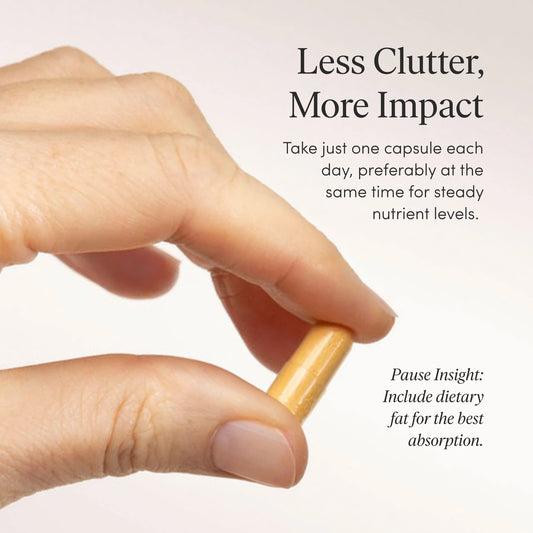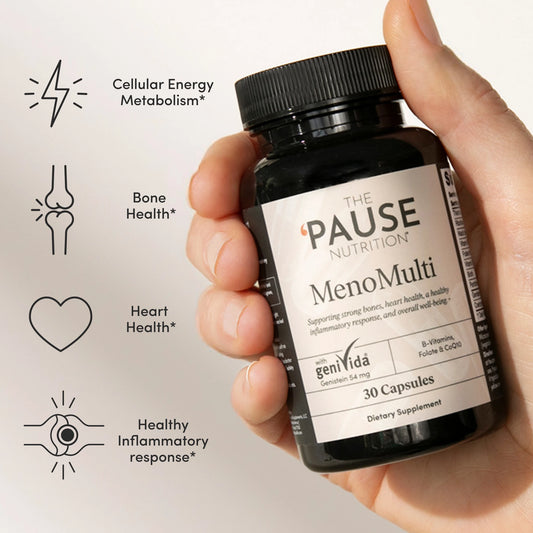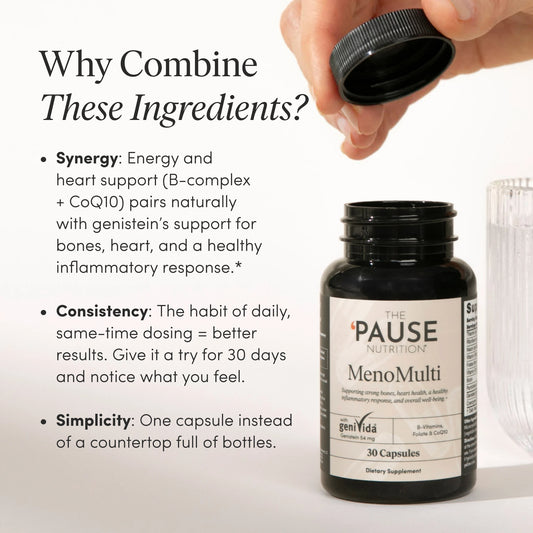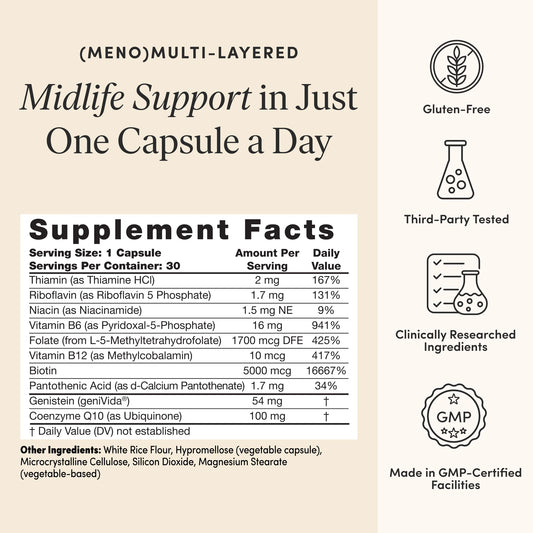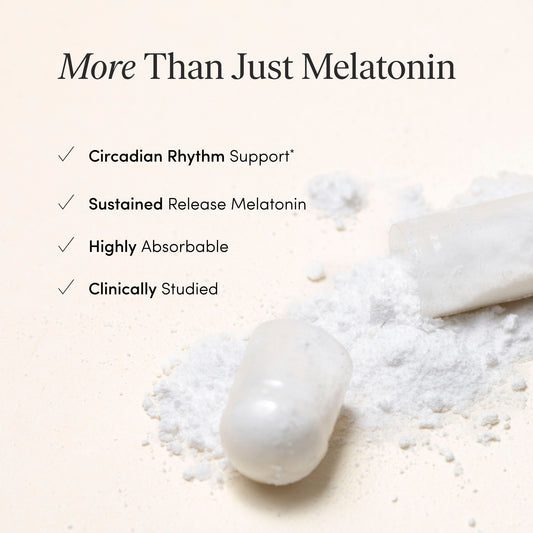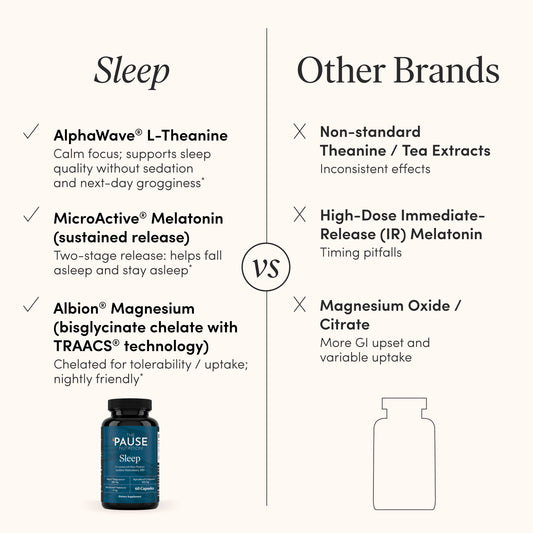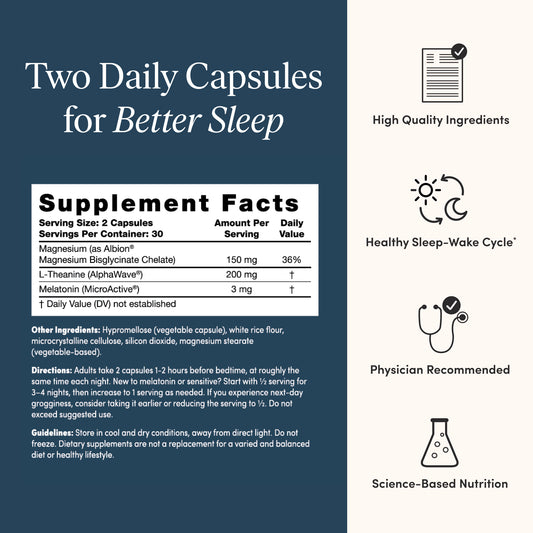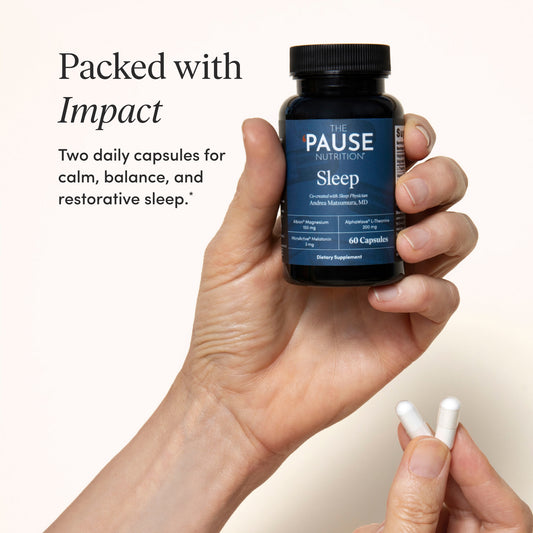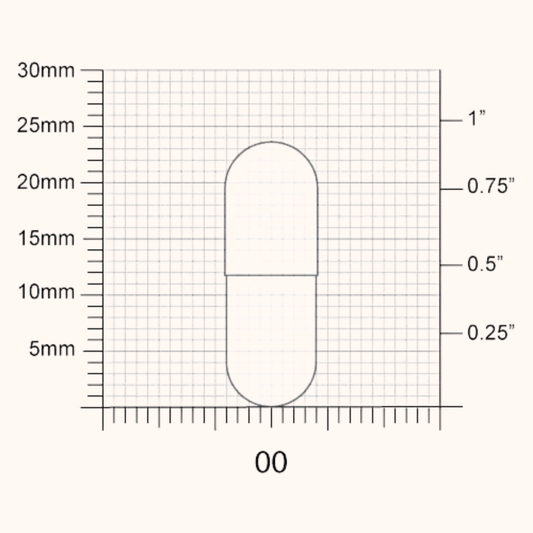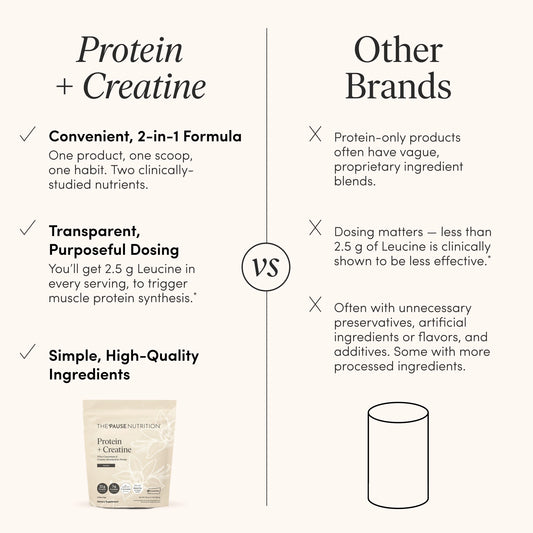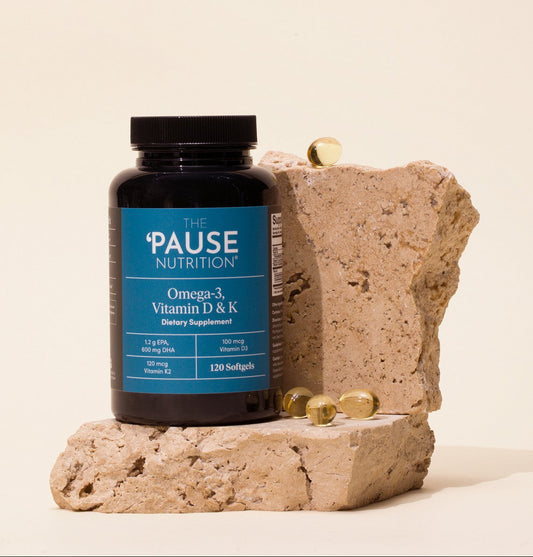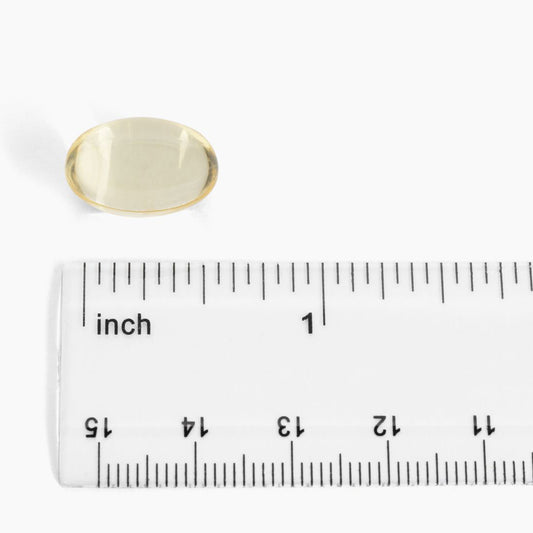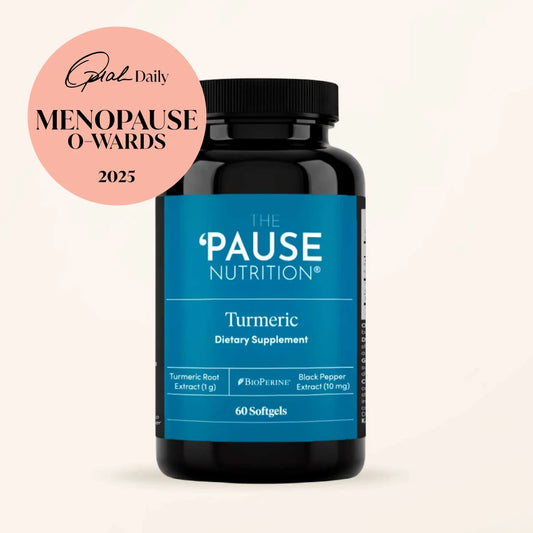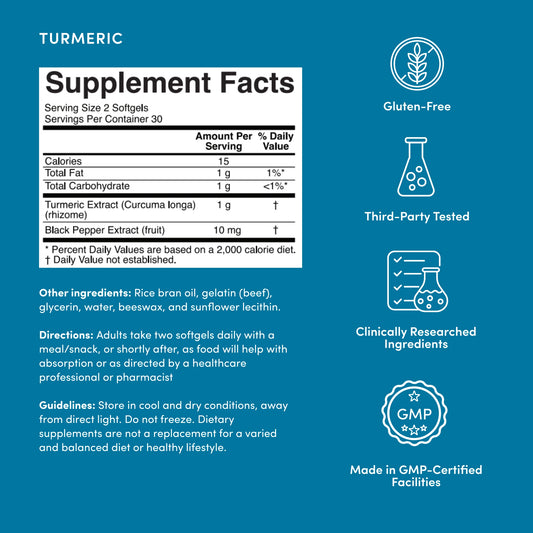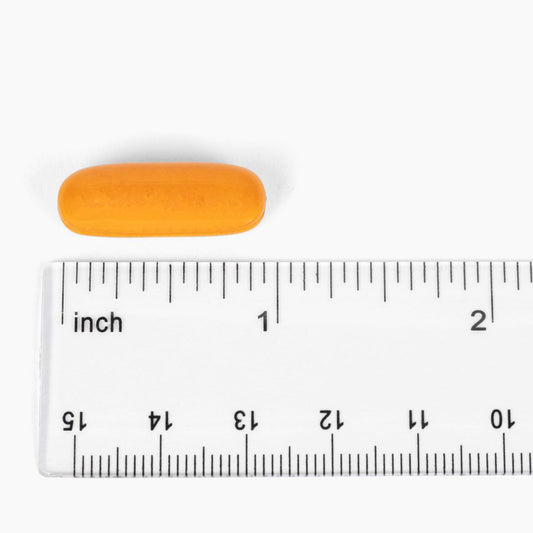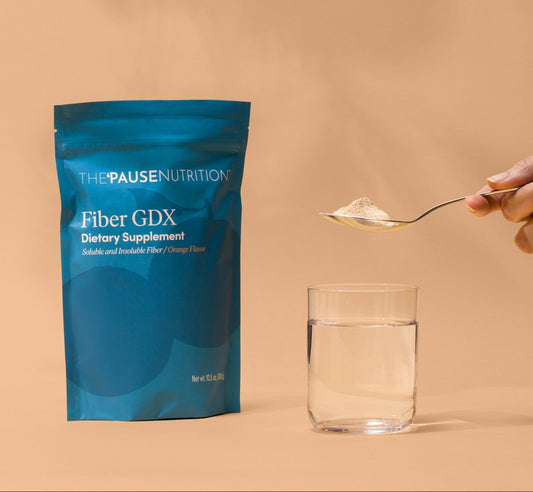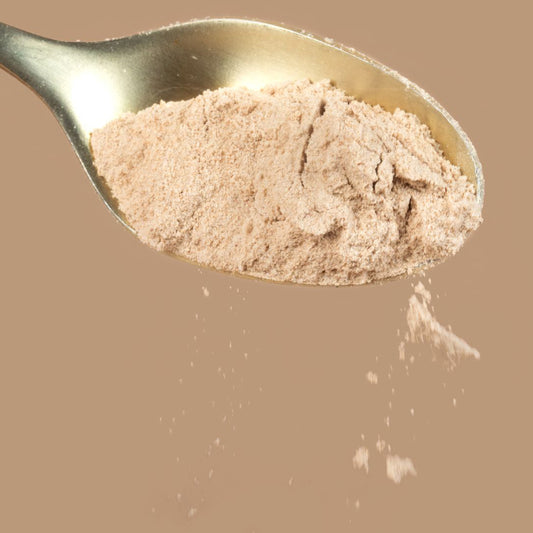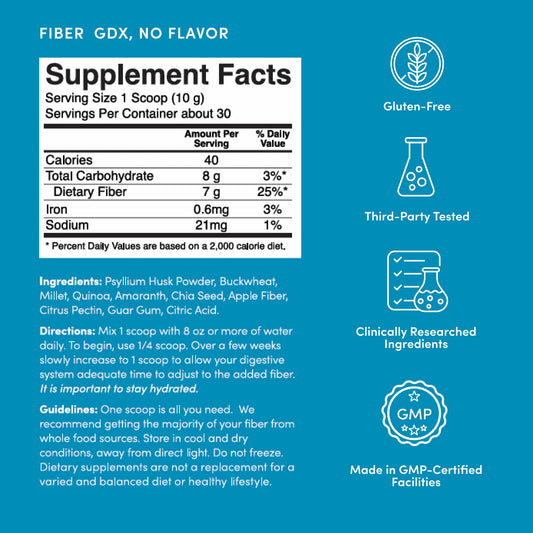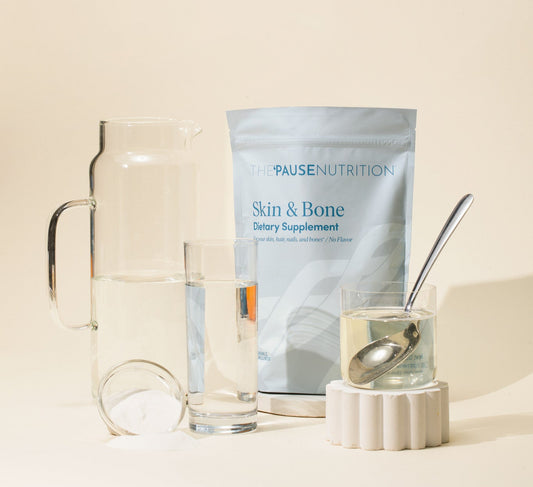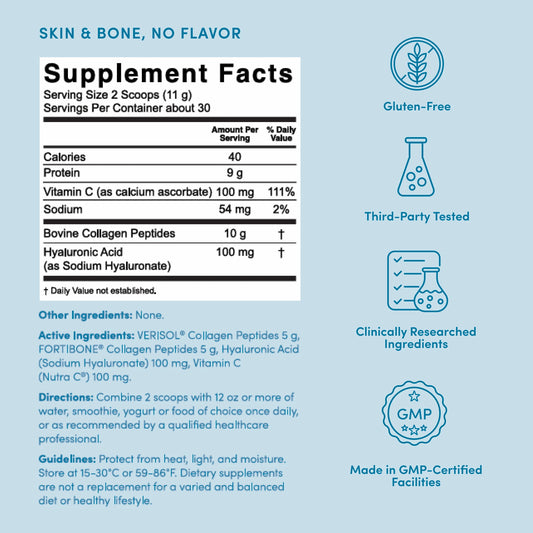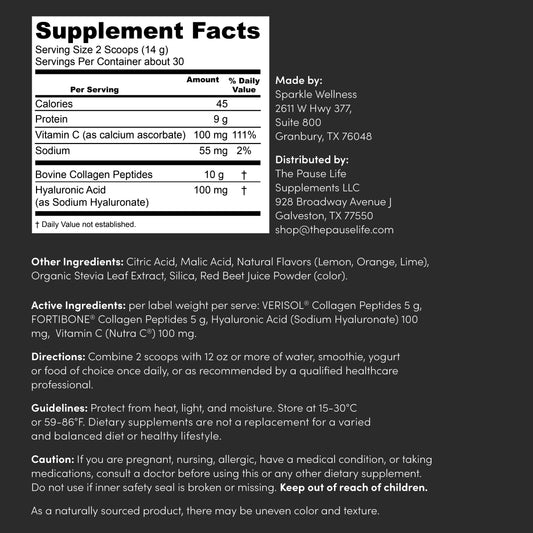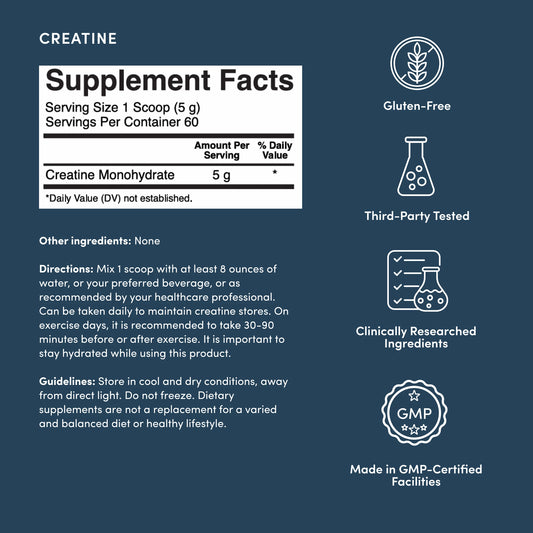Do You Lose Your Labia in Menopause? Here’s the Science

Share
A viral conversation on social media has ignited important questions about what really happens to the labia during menopause. Let’s be clear: you do not lose your labia, but the tissues do undergo significant and visible changes. As a menopause specialist, I’ve had countless patients come to me confused, distressed, and even ashamed by what they were seeing in the mirror. They’re not imagining it—these changes are real and biological.
Estrogen is the hormone responsible for maintaining the structure, elasticity, pigmentation, and moisture of the labia. When estrogen levels drop after menopause, these tissues begin to atrophy. The result? Thinning, shrinking, flattening, dryness, and changes in color and hair distribution. This is not about vanity. This is about the genitourinary syndrome of menopause (GSM), a condition finally getting the attention it deserves.
What Really Changes?
Thinning and Atrophy: The labia majora and minora become thinner and less elastic as estrogen declines. This process is known as atrophy, and it’s been well documented in both histological and clinical research.
Loss of Volume and Moisture: The labia majora lose fat and tone (lipoatrophy), resulting in a less plump and more lax appearance. The area becomes drier and loses natural pigmentation and hair over time.
Structural Changes: The labia minora may shrink, flatten, or adhere to adjacent tissues. The labia majora can sag or retract due to tissue thinning.
Broader Genital Changes: These vulvar changes are part of GSM, which also includes vaginal dryness, irritation, urinary urgency, and pain with intercourse.
Why This Happens
Hormonal Drivers: The drop in estradiol after menopause leads to a breakdown in collagen and elastin, reduced blood flow, and a thinner epithelial layer. Histological studies confirm these structural changes and show altered gene expression in tissue repair pathways.
What Actually Helps
Let’s be very clear: lubricants and moisturizers such as UberLube, Stripes Vag of Honor Gel and Replens Vaginal Moisturize do not restore the labia. They may temporarily ease discomfort, but they will not rebuild tissue or reverse atrophy. Targeted supplementation with collagen peptides with omega 3 fatty acids and supporting the gut microbiome may be helpful as well.*
The only effective treatments for restoring structure and volume to the labia are:
-
Prescription vaginal estrogen
- Prescription vaginal DHEA
These therapies are FDA-approved and target the root cause: estrogen deficiency. They improve hydration, elasticity, thickness, and resilience of vulvovaginal tissue. And most importantly, they help preserve the entire genitourinary system.
The New Guidelines That Matter
In 2024, the American Urological Association (AUA) released guidelines recognizing the safety and critical importance of vaginal estrogen therapy. This is a major milestone. For the first time, urologists and other specialties are being urged to understand GSM not as a cosmetic concern, but as a serious, under diagnosed condition that impacts quality of life, sexual function, urinary health, and long-term wellbeing.
We are finally seeing consensus in the medical community that postmenopausal women deserve comprehensive, hormone-informed care. And that the loss of labial structure is not just aesthetic, it’s a signal of broader urogenital atrophy that can and should be treated.
Final Thoughts
If you’ve noticed changes to your labia after menopause, you’re not alone. These changes are real, rooted in hormone loss, and treatable. It is time we stop shaming women for aging and start offering evidence-based solutions that support their bodies through it. That starts with acknowledging GSM and offering the right therapy, not just Band-Aids.
If your clinician isn’t bringing this up, it’s time to find one who will. Visit the Menopause Society or our Recommended Clinicians database to find a healthcare professional in your area. Or, consider using a telemedicine platform such as Alloy or Midi.
This article contains affiliate links.


















